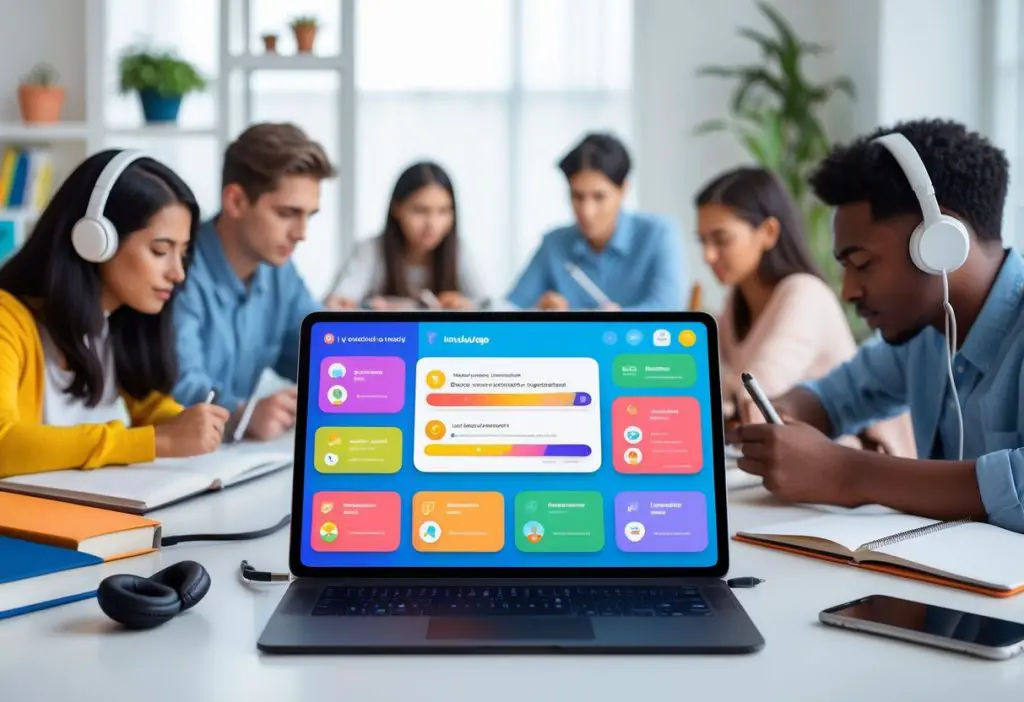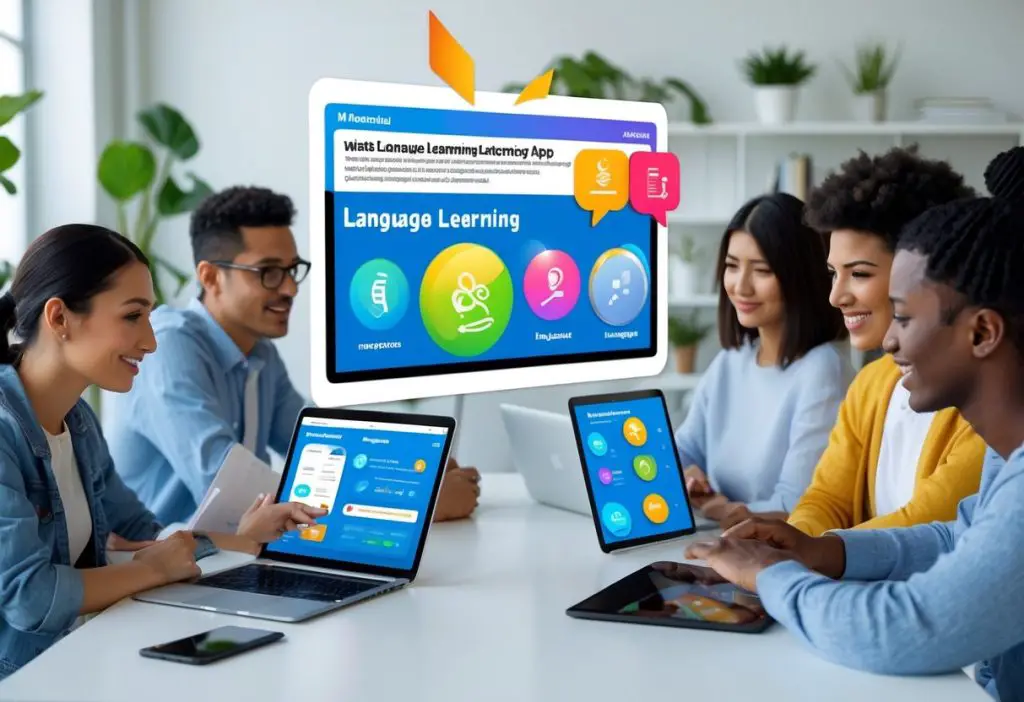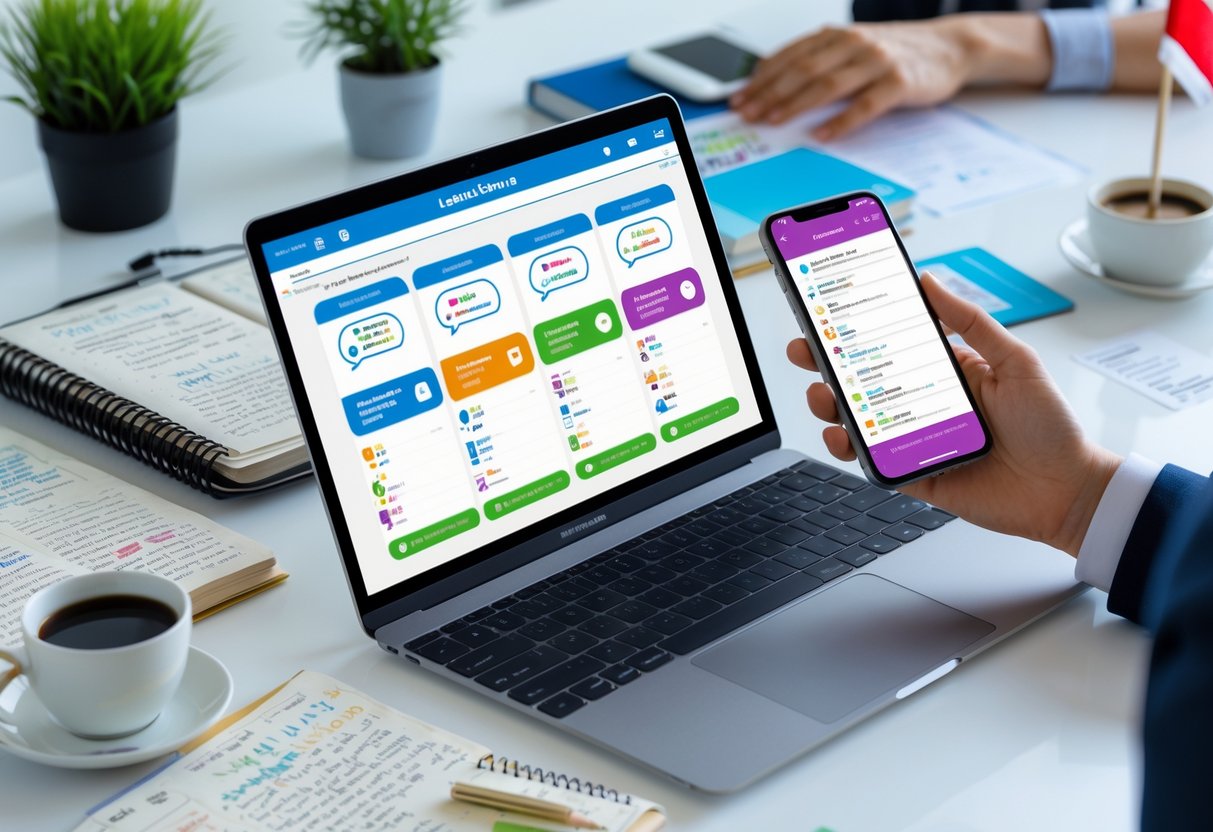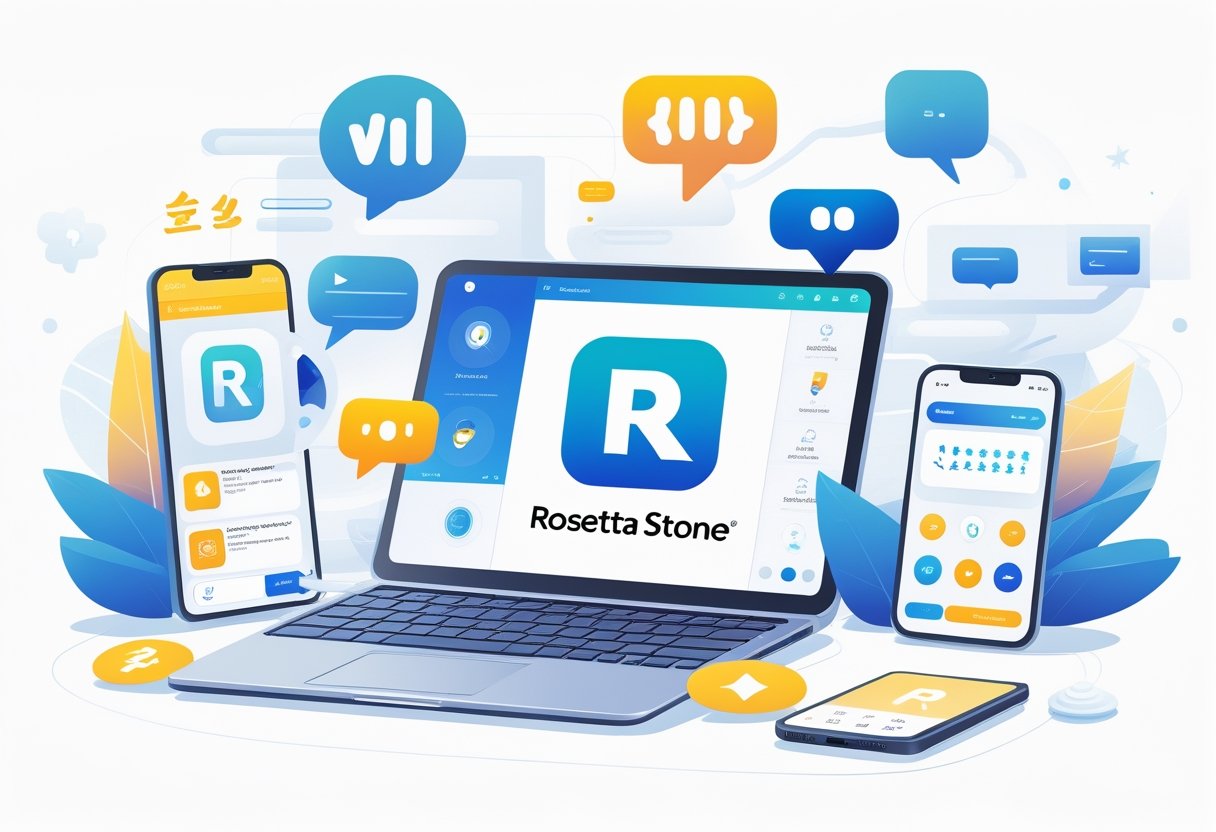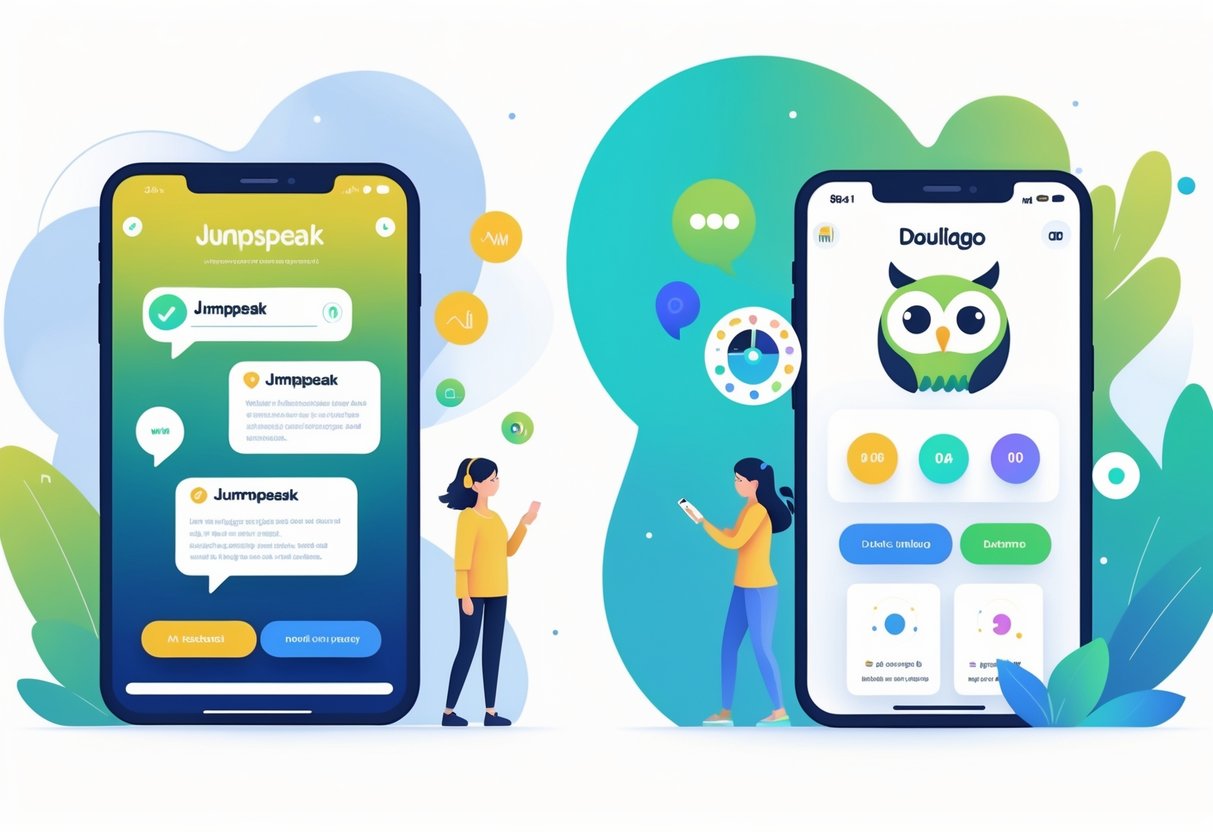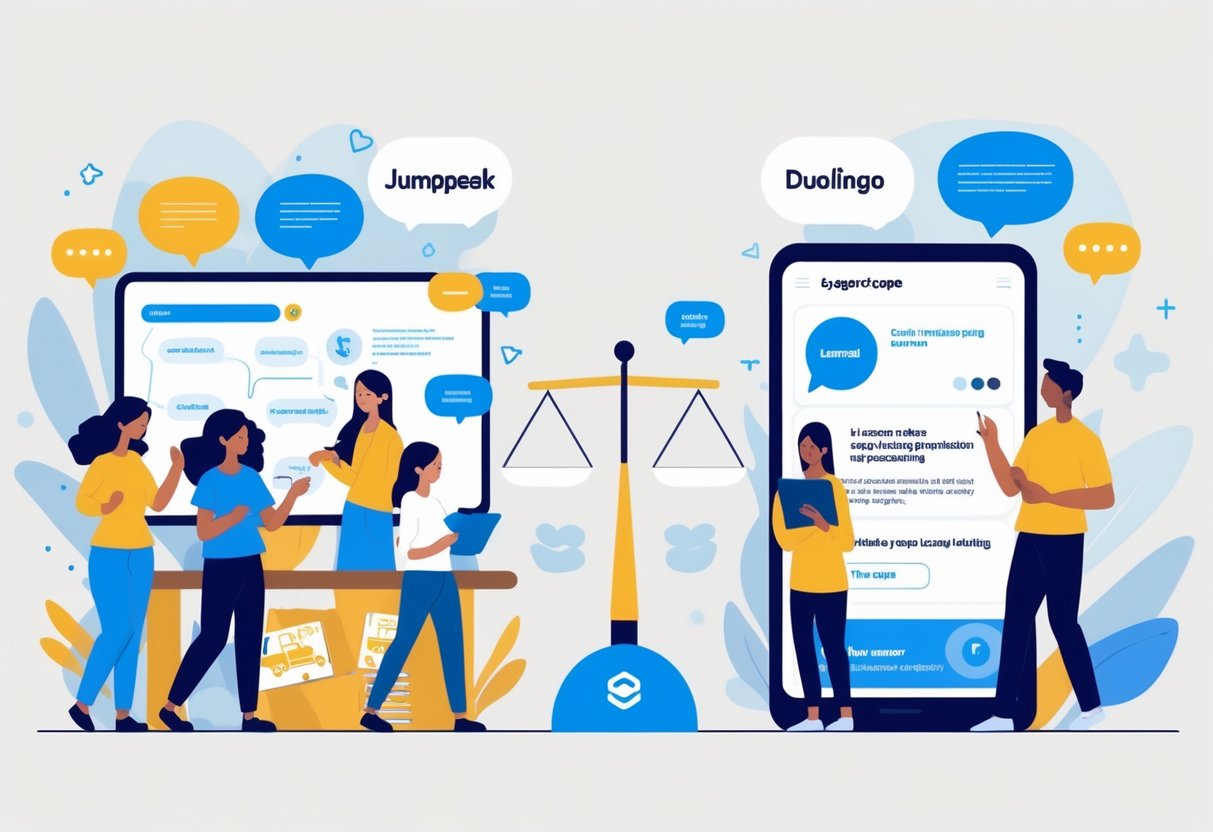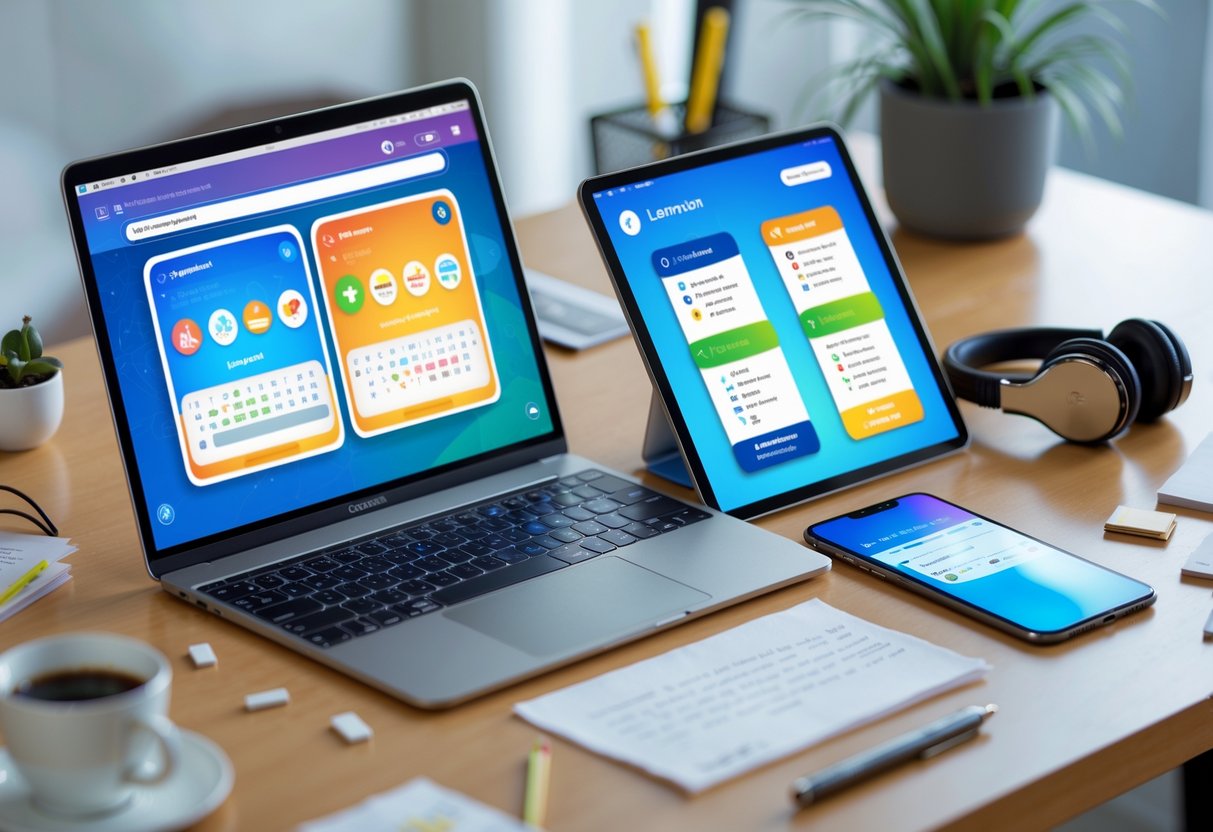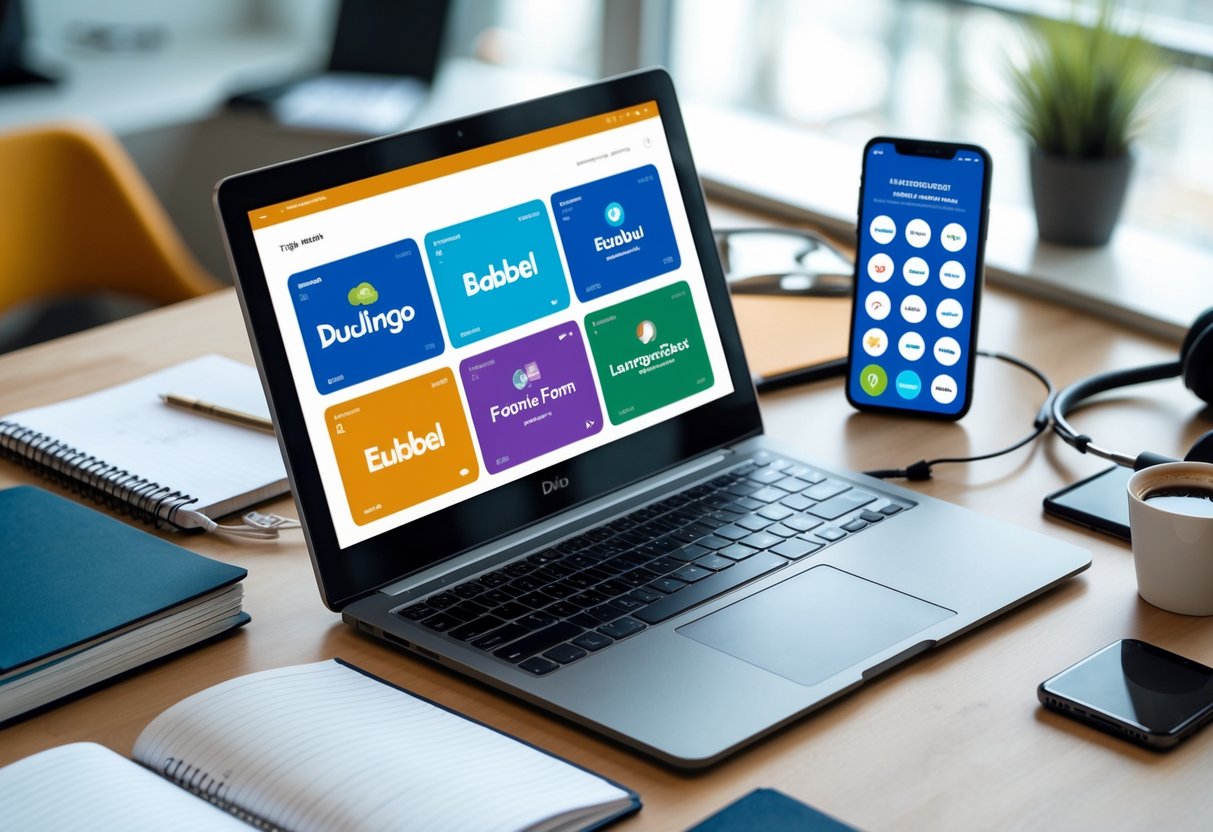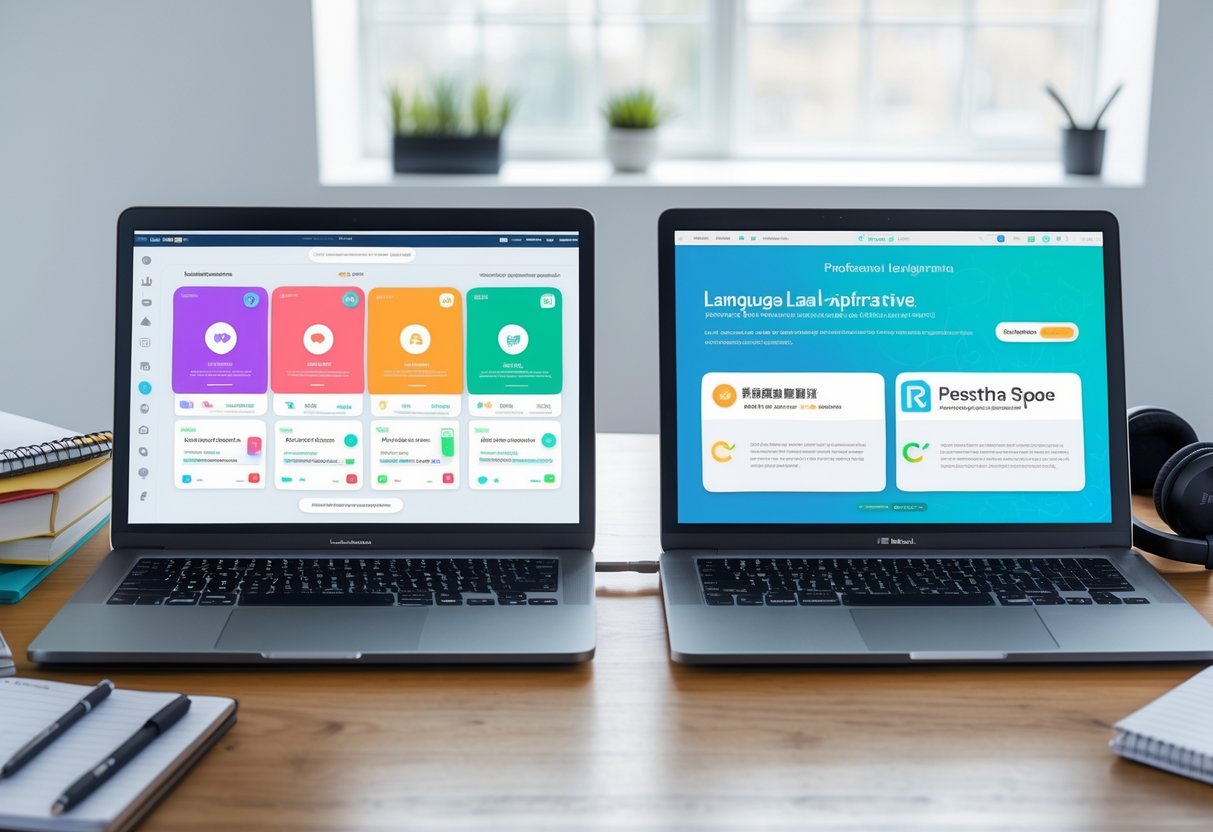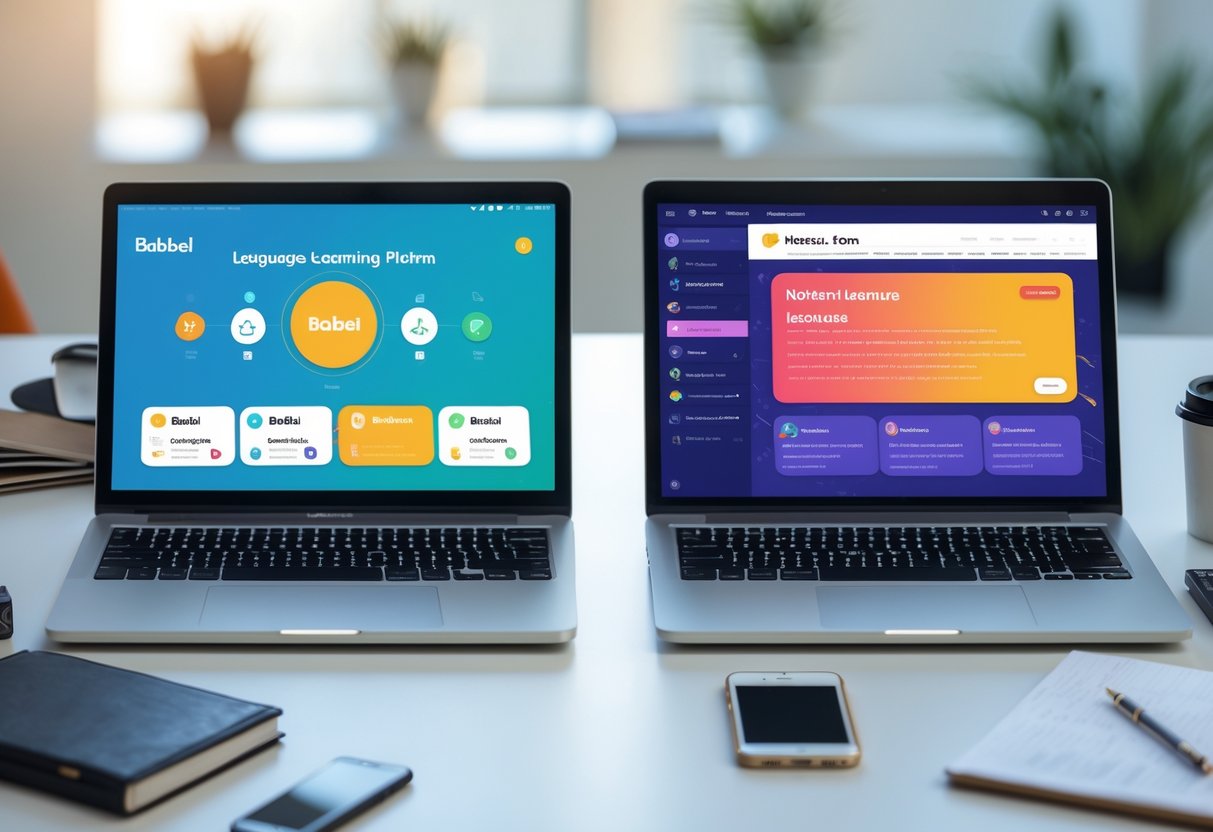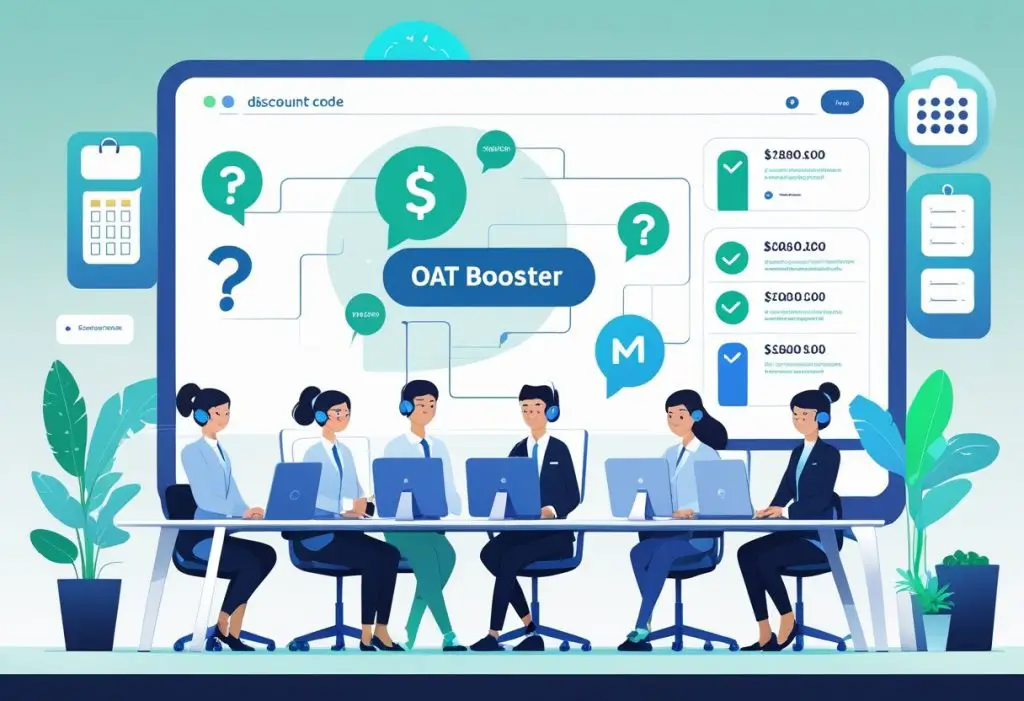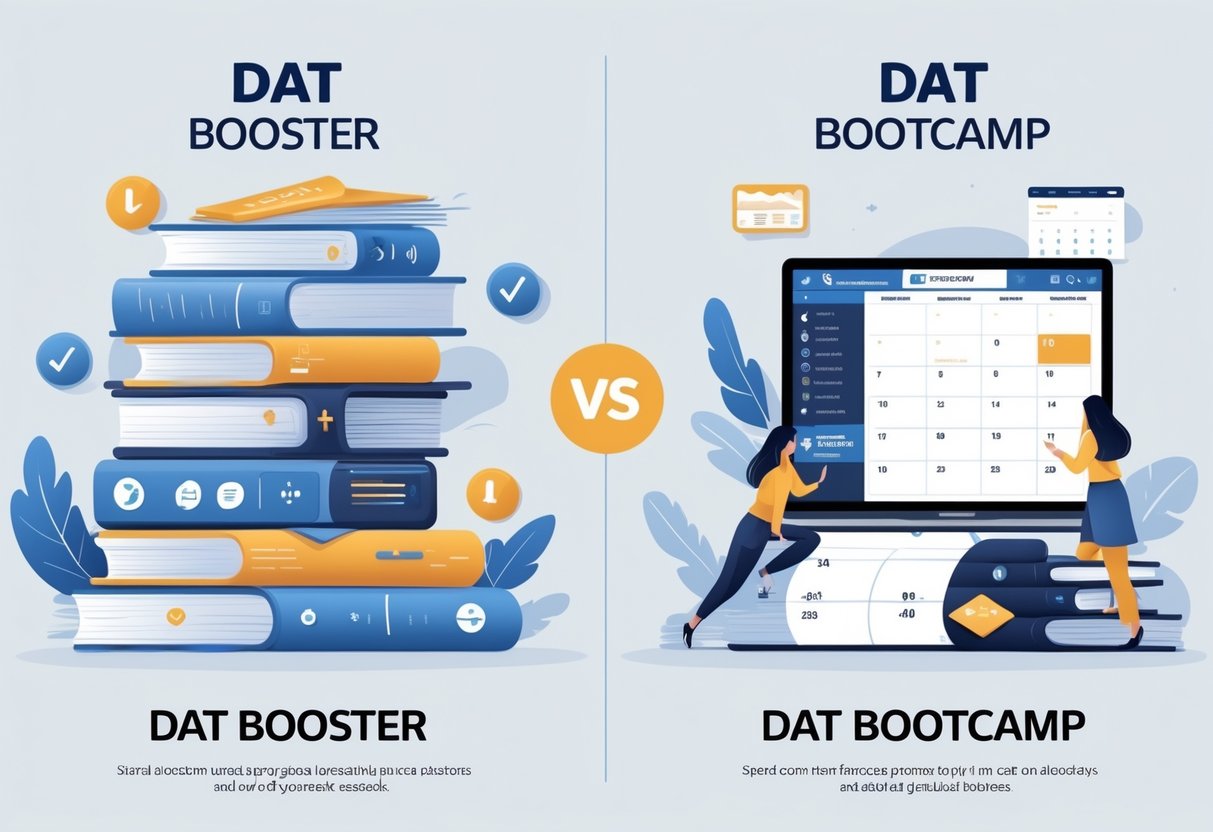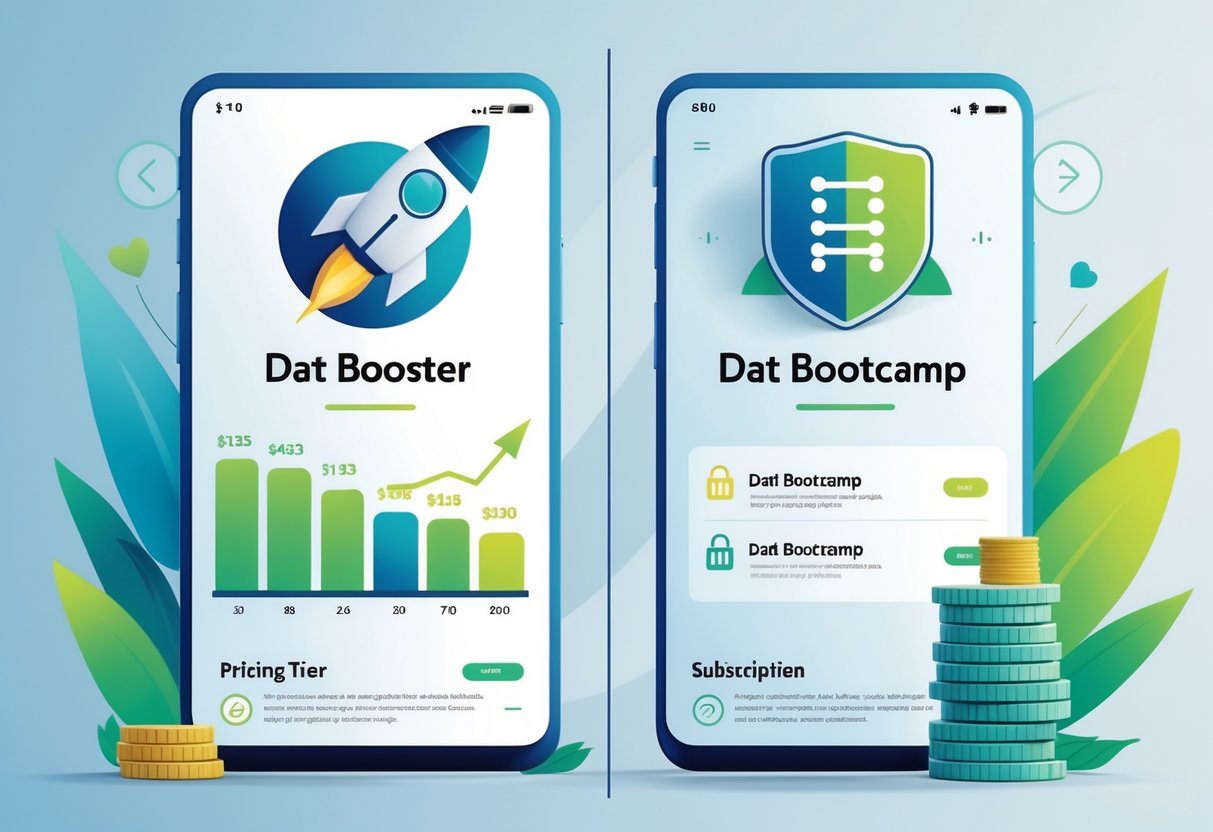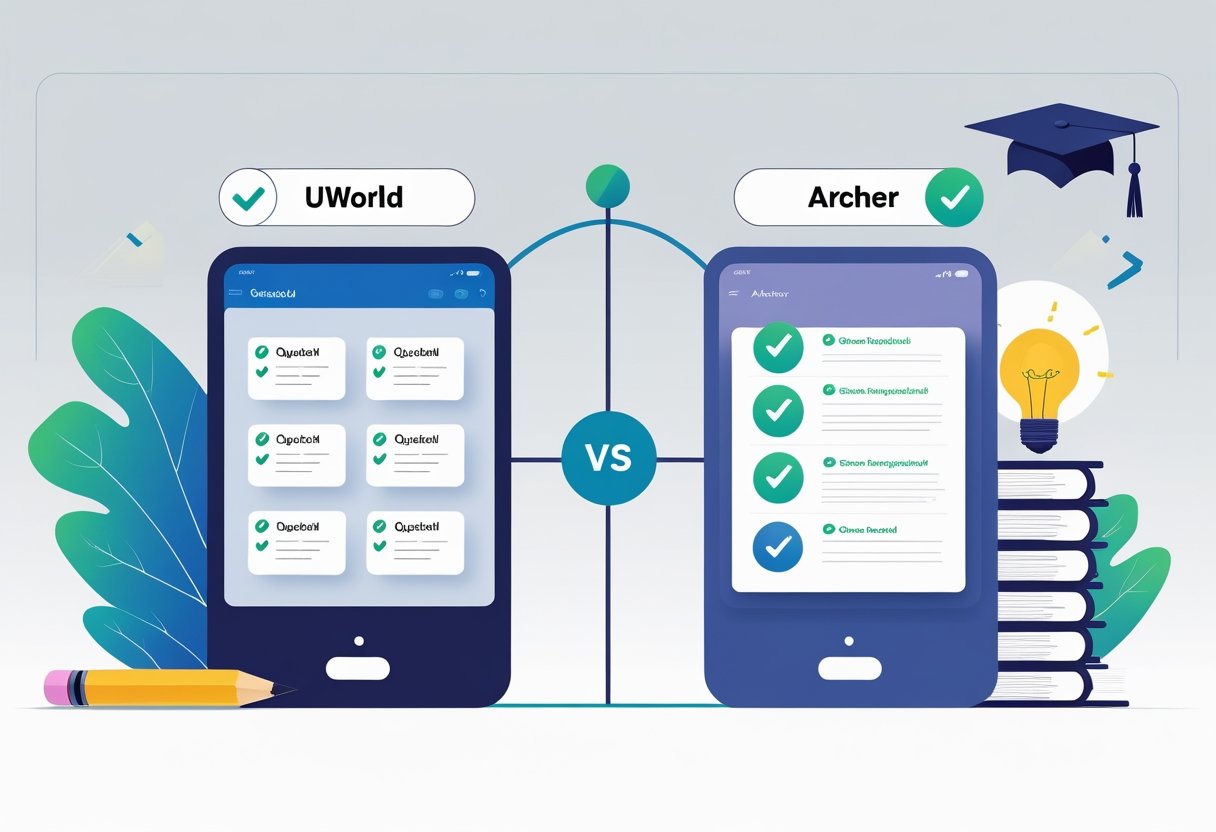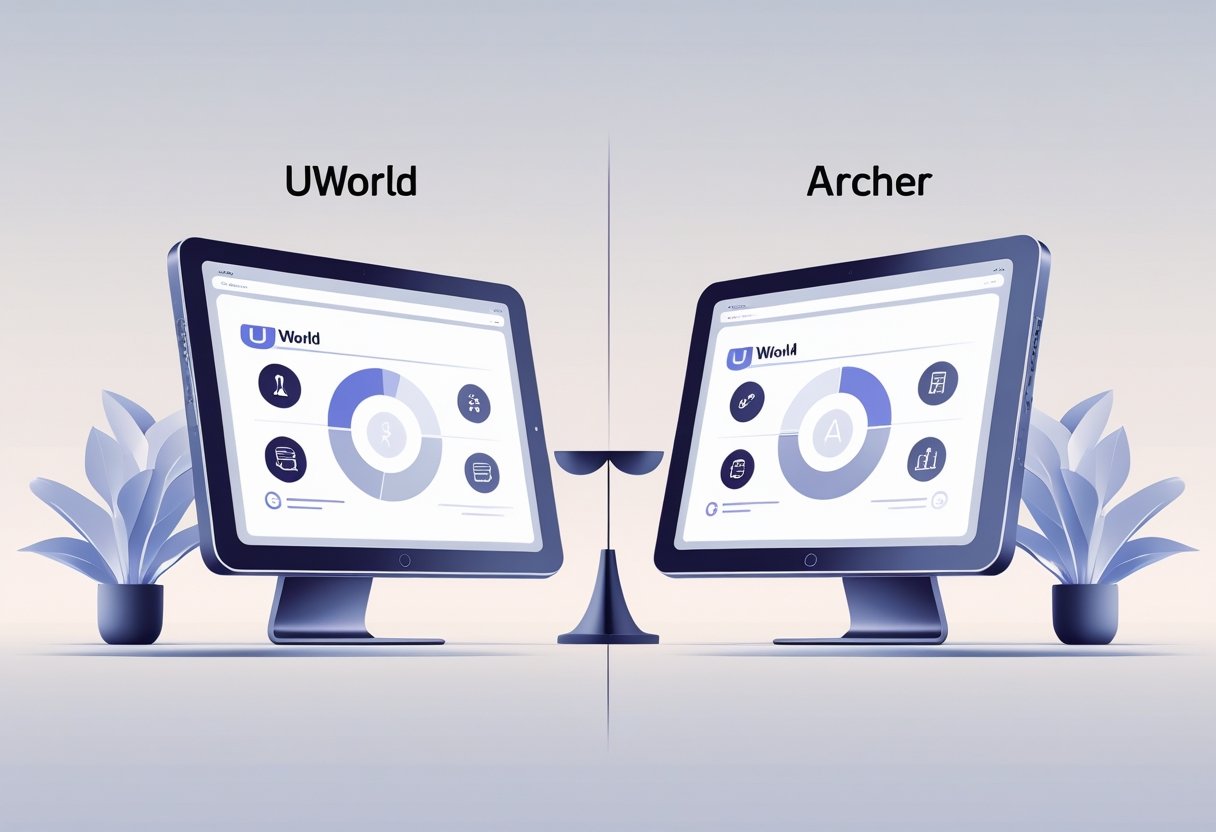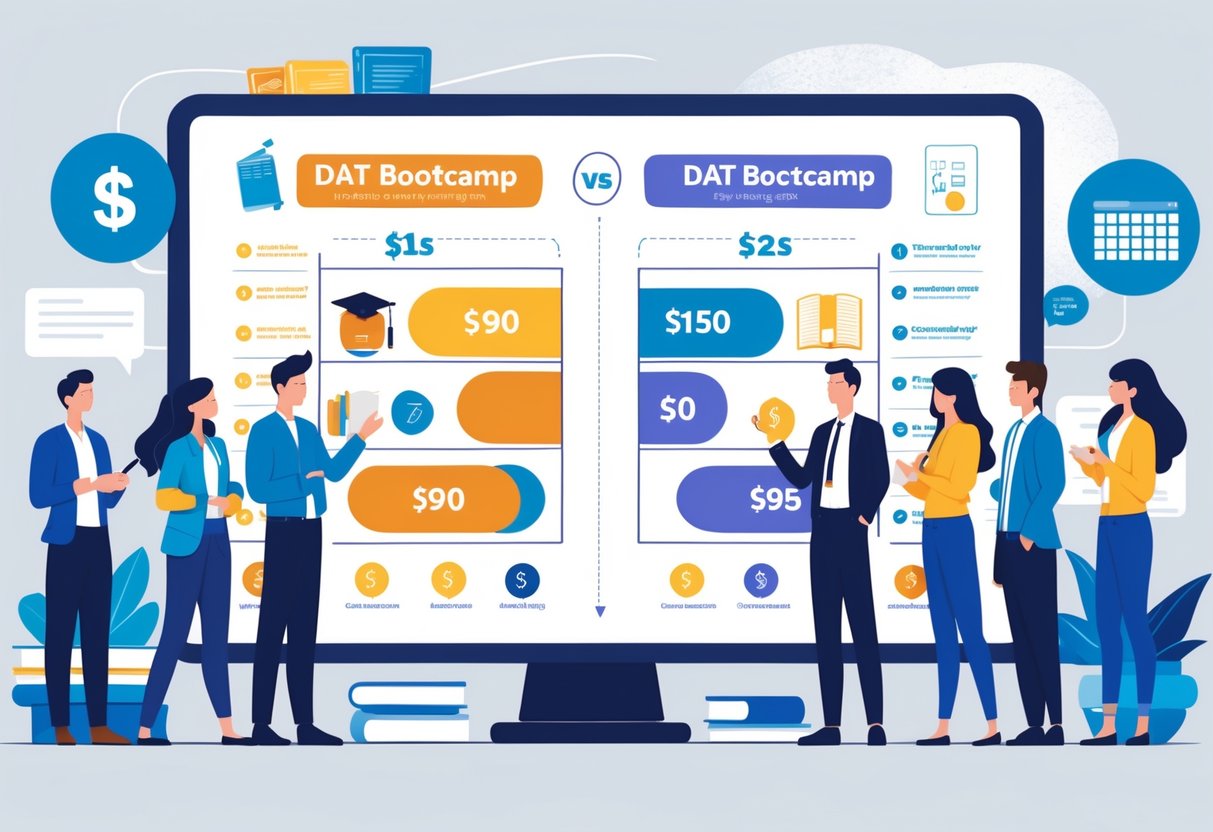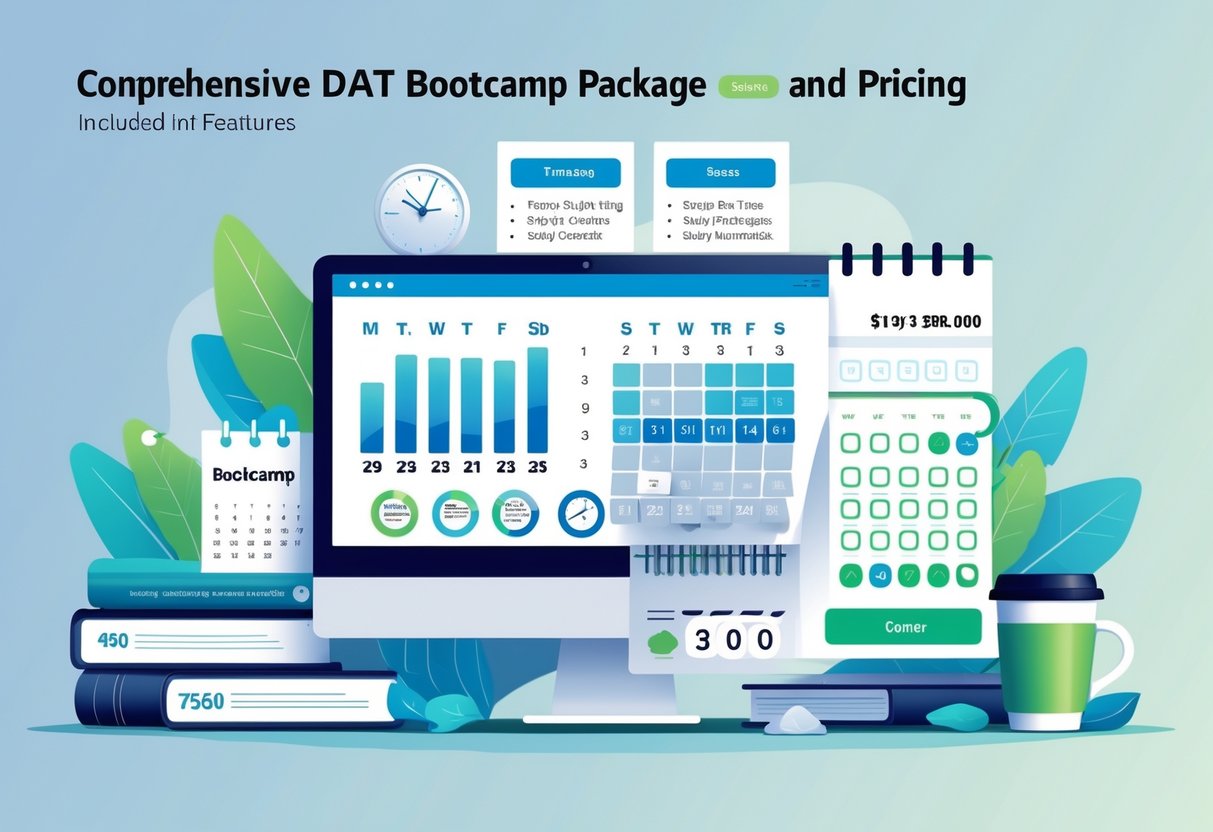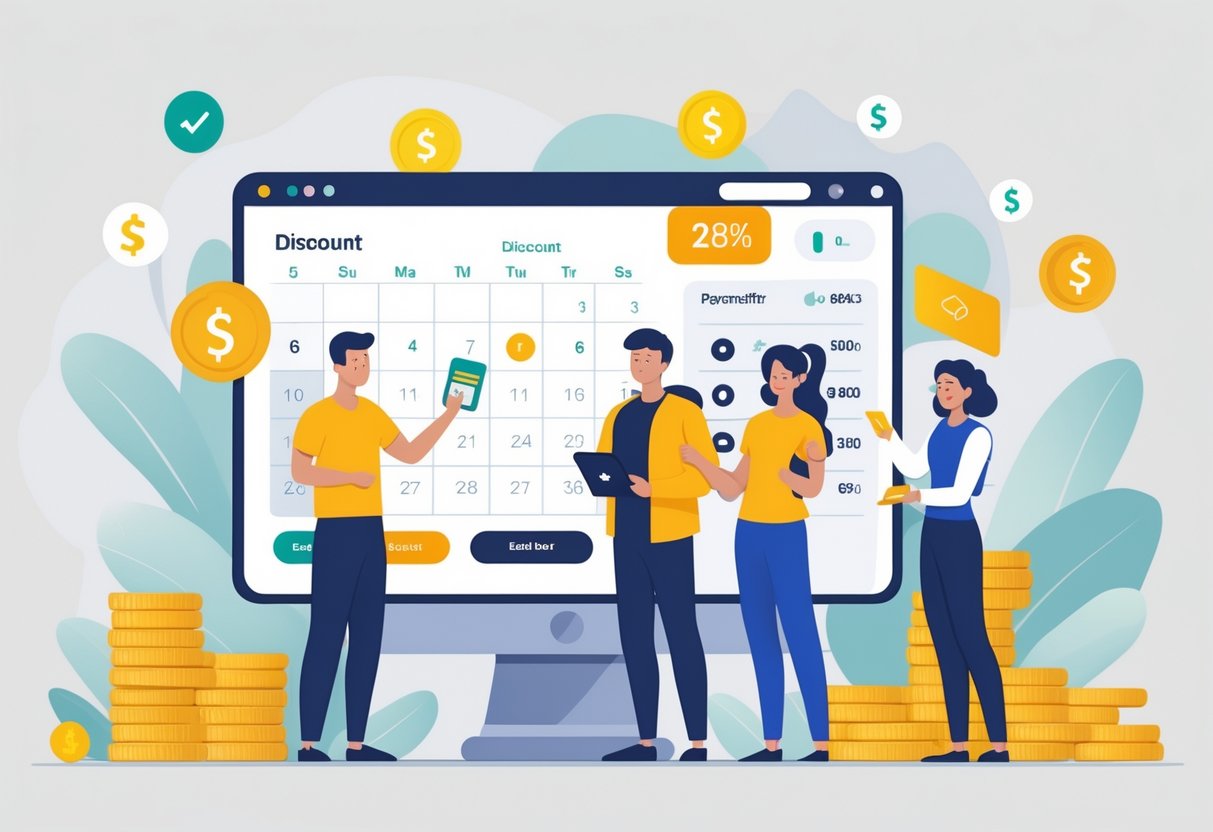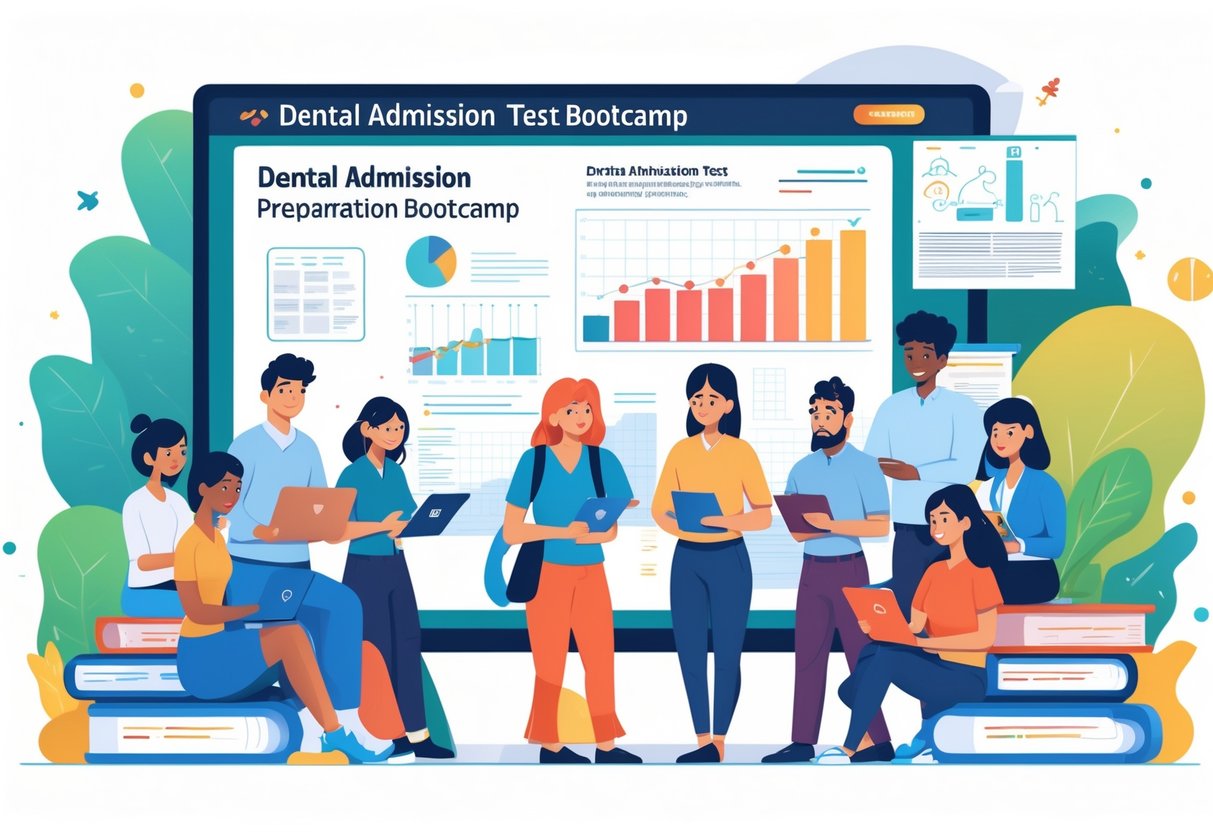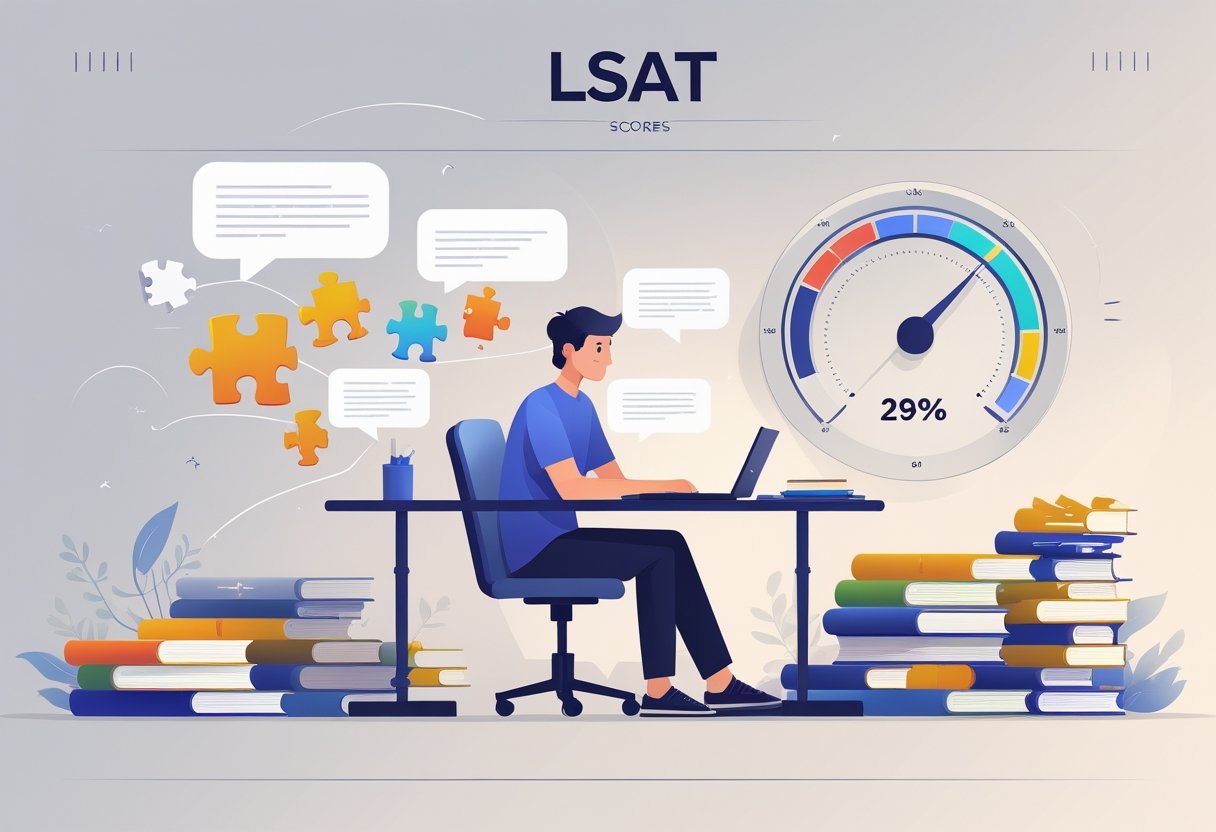How Many Sections In Duolingo: A Clear Breakdown Of Course Structure
Learning a new language takes time, and Duolingo makes it easier by breaking lessons into clear sections that guide progress step by step. Each section focuses on specific skills, helping users build vocabulary and grammar in a structured way. Duolingo currently has six main sections in its learning path, each designed to match different levels of language ability.
These sections align with the Common European Framework of Reference for Languages (CEFR), so learners can see how their progress fits recognized language standards. This structure helps them move from simple basics to more advanced communication skills with confidence.
Key Takeaways
- Duolingo has six main sections in its learning path.
- Each section connects to specific CEFR levels for clear progress tracking.
- The platform’s structure helps users move from beginner to advanced skills.
How Many Sections Are in Duolingo?

Duolingo organizes each language course into sections that group related content together. The number of sections varies by language and depends on course size, updates, and how the lessons are structured for users.
Section Counts by Language
Each Duolingo course contains a different number of sections. Larger languages like Spanish, French, and German often have nine or more sections, while smaller courses such as Welsh or Hawaiian may have only four to six.
The table below shows approximate section counts for some popular languages:
| Language | Estimated Sections | Notes |
|---|---|---|
| Spanish | 9–10 | One of the most complete courses |
| French | 9–10 | Similar in size to Spanish |
| German | 8–9 | Slightly shorter but still broad |
| Japanese | 7–8 | Includes unique writing lessons |
| Welsh | 4–6 | Smaller course, fewer units |
Each section groups several units, which contain multiple lessons. The total number of sections may change as Duolingo updates or expands a course.
Relationship Between Sections, Units, and Lessons
Duolingo’s course structure follows a clear hierarchy. Sections act as large categories that organize units by topic or skill level. Each unit then contains several lessons, which focus on specific vocabulary or grammar points.
A typical progression looks like this:
- Section – broad stage (e.g., Beginner, Intermediate, Advanced)
- Unit – smaller topic group (e.g., Travel, Food, Work)
- Lesson – individual practice level
As users move forward, they complete lessons to finish a unit, then complete all units to finish a section. This structure helps learners track their progress and identify areas to review.
Unlocking New Sections
Duolingo unlocks new sections as users complete earlier ones. Progress depends on finishing all required units in the current section. Once a section is complete, the next one becomes available automatically.
Some courses also allow early access to later sections through the “Jump Ahead” option. This feature lets experienced learners skip easier content after passing a short test.
Users can view their progress at the top of the course tree, where completed sections appear in color and locked ones remain gray until unlocked.
Duolingo Sections and CEFR Alignment

Duolingo organizes its language courses to match international learning standards while helping users build vocabulary, grammar, and pronunciation skills through daily practice. Each section connects to a specific range of CEFR levels, giving learners a clear sense of progress and measurable goals.
CEFR Levels Covered in Duolingo
Duolingo aligns its lessons with the Common European Framework of Reference for Languages (CEFR), which defines six main levels: A1, A2, B1, B2, C1, and C2. Most Duolingo courses cover A1 to B2, though a few popular languages, such as Spanish and French, include material that reaches C1-level reading and listening skills.
Learners begin with simple phrases and basic grammar at A1. By B1, they can handle everyday conversations and short texts. At B2, users can discuss familiar topics and understand more complex material.
Duolingo’s structure helps learners see how each completed section moves them closer to the next CEFR level. This alignment gives learners a practical way to measure progress and identify what skills they still need to strengthen.
Skill Progression and Section Structure
Each course in Duolingo is divided into units or sections, and each section contains multiple skills. A skill focuses on a single topic, such as food, travel, or verbs. As learners complete skills, they unlock new sections that build on earlier lessons.
Skills are grouped by difficulty and language function. Early sections emphasize recognition and recall, while later ones require more production and comprehension. Duolingo uses crowns to show mastery within each skill, encouraging learners to review and strengthen weak areas.
The section layout supports steady progress. Learners can move at their own pace, returning to earlier sections for review or advancing to new ones when ready. This modular structure makes the CEFR alignment easier to follow.
Role of Vocabulary, Grammar, and Pronunciation
Each section develops three core areas: vocabulary, grammar, and pronunciation. Vocabulary lessons introduce practical words grouped by context, such as greetings or daily activities. Grammar exercises show how to form correct sentences using those words.
Pronunciation practice appears through listening and speaking tasks. Learners repeat words or sentences, and speech recognition checks accuracy. This helps them build confidence in real communication.
By combining these elements, Duolingo ensures balanced skill growth. Strong vocabulary supports grammar learning, and accurate pronunciation improves listening comprehension. Together, these skills form the foundation for reaching higher CEFR levels.
Daily Practice and Achieving Advanced Levels
Consistent daily practice is key to progressing through Duolingo’s sections and reaching advanced CEFR levels. The app encourages short, frequent sessions that reinforce memory and habit formation.
Learners who study every day improve faster than those who practice irregularly. Duolingo’s reminders, streak system, and rewards motivate users to keep going.
While Duolingo can help learners reach B2 or parts of C1, achieving full C1-level fluency usually requires additional exposure, such as reading native materials or speaking with fluent speakers. Still, daily use of the app provides a strong foundation for advanced learning.
Frequently Asked Questions
Duolingo organizes its language courses into structured paths that guide learners step by step. Each part includes lessons, units, and checkpoints that help users track progress and review completed material.
What is the structure of courses in Duolingo?
Each course follows a learning path made up of units and lessons. Units focus on specific topics such as greetings, food, or travel. Lessons within each unit build vocabulary, grammar, and listening skills in short, interactive exercises.
Can you list the different parts of a Duolingo course?
A course contains units, lessons, checkpoints, and stories. Units group lessons by theme. Checkpoints test understanding before moving forward. Stories and practice sessions reinforce what has been learned.
How is progress organized in a Duolingo language course?
Progress moves along a path divided into sections. Learners complete one unit before unlocking the next. Each finished section shows visual progress, helping users see how far they have come in the course.
What are the components of a Duolingo language learning path?
The learning path includes units, lessons, stories, and review exercises. Units are arranged in a sequence that gradually increases difficulty. Review activities appear to strengthen the weak areas identified by the app.
How many levels or stages are there in a typical Duolingo course?
Each course has multiple units and levels that vary by language. Most courses include dozens of units, and each unit has several levels that must be completed to move ahead. The total number depends on how developed the course is.
What constitutes a complete section in the Duolingo app?
A section usually includes a set of related units that cover a specific group of topics. Completing all units in a section unlocks the next one and often triggers a checkpoint test to confirm understanding before continuing.
How Many Sections In Duolingo: A Clear Breakdown Of Course Structure Read More »

